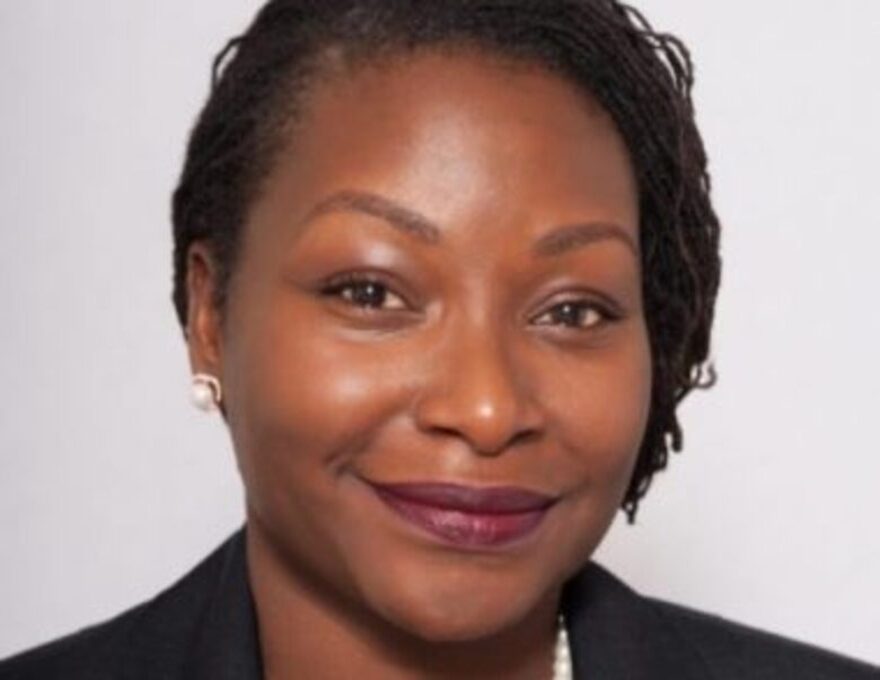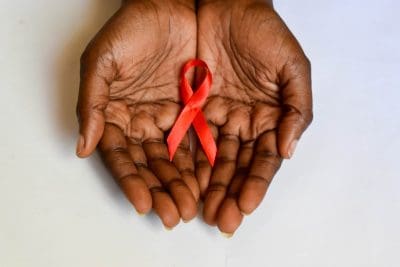In a compelling episode of Health IQ, Dr. Maya Green brings forth a stark reality, Black women are fourteen times more likely to receive an HIV diagnosis compared to their white counterparts. This statistic serves not as mere numbers but as a call to action in addressing the persistent healthcare disparities affecting Black communities.
A physician’s perspective
“HIV doesn’t care what color you are, what gender you are, or what background you are,” Dr. Maya Green emphasizes, addressing the universal nature of the virus, yet the resources and structures available to combat it reveal a different story, particularly within Black communities where access to comprehensive healthcare often falls short.
The three primary prevention strategies Dr. Maya outlines create a comprehensive approach to HIV prevention and treatment:
First, regular screening has become more accessible than ever, with recommendations for annual testing becoming as routine as checking cholesterol or blood pressure. Second, pre-exposure prophylaxis (PrEP), available as daily pills or bi-monthly injections, offers up to 99% protection against HIV transmission. Third, the groundbreaking U=U (Undetectable equals Untransmittable) principle demonstrates that individuals with undetectable viral loads cannot transmit the virus.
The weight of historical burden
Dr. Maya Green delves deep into the historical context shaping current healthcare disparities. “If you think about the history of Black women in this country, Black women have always served others,” she reflects, pointing to a legacy that continues to influence healthcare seeking behaviors. This historical pattern has created a complex web of social conditioning that often prevents open discussions about sexual health and HIV prevention.
The conversation takes an unexpected turn when addressing the stigma surrounding HIV testing. Drawing a parallel with the innocuous myth of Santa Claus, Dr. Maya illustrates how social conditioning perpetuates harmful stereotypes. “Stigma is an infectious disease of the mind kills more people than HIV ever could, and it spreads faster than any disease I know,” she declares, highlighting the urgent need to address these psychological barriers.
The medical landscape of HIV treatment has transformed dramatically since the 1980s. Gone are the days of complex medication regimens with severe side effects, replaced by once-daily pills or bi-monthly injections. Yet social stigma remains stubbornly resistant to change, particularly within communities where historical trauma intersects with present-day healthcare disparities.
A call for comprehensive care
Dr. Maya’s message extends beyond mere medical advice. She advocates for patients, particularly Black women, to take charge of their healthcare journey. “Come with a list of things that you want include HIV in your annual screening,” she advises, acknowledging the documented reality that patients who see doctors from similar backgrounds often receive more comprehensive care.
The interview concludes with a powerful reminder of modern HIV prevention and treatment capabilities. “We live in a time where HIV needs two things, somebody to give the virus and somebody to get the virus,” Dr. Maya explains, emphasizing that current medical advances can interrupt this transmission chain at multiple points.
This conversation represents more than medical advice, it serves as a blueprint for community healing and empowerment. Through education, regular testing, and open dialogue, Dr. Maya Green envisions a future where HIV no longer disproportionately affects Black communities. Her message resonates beyond the confines of medical practice, touching on the essential human rights of dignity, access to care, and the freedom to discuss health concerns without judgment or stigma.
As the Health IQ interview draws to a close, Dr. Maya’s words linger as both a challenge and an invitation to reimagine healthcare delivery in Black communities. Her approach combines medical expertise with cultural competency, creating a framework for addressing not just HIV, but the broader spectrum of healthcare disparities affecting marginalized communities.













